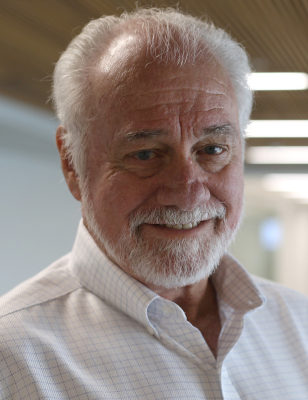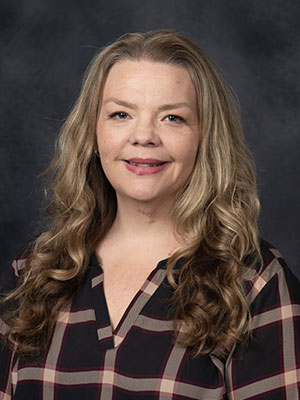Master of Engineering in Engineering Specialization Subsea Engineering
The Master of Engineering in engineering, focusing on subsea engineering, is designed to provide the skills necessary for designing, building, installing and operating subsea systems for the offshore energy industry. These specialized systems must operate in an extreme underwater marine environment to safely produce energy from offshore. Subsea engineering has been a mainstay for the offshore oil and gas industry for more than 5 decades and subsea engineers are now leading the transition into alternate energy systems being developed for offshore.
Subsea engineering is a multidisciplinary engineering profession. Subsea engineers are involved in every part of offshore energy systems taking a wide range of roles in project teams using multi-skill talents to help bring designs to fruition.
I'm ready to apply! Request more information

Overview
-
The Multidisciplinary Engineering department offers master’s degrees in Master of Engineering in Engineering and Master of Science for subsea engineering. All students in both degree programs are exposed to courses covering subsea engineering fundamentals. They may select from courses covering subsea hardware, subsea controls and umbilical systems, subsea riser systems, flowlines, pipelines and their installation.
A flexible feature of these degree programs is that technical electives allow students to tailor the degree to their interests or needs. The program also offers courses that provide graduates with critical skills in understanding business from an engineer’s perspective. The program similarly offers electives that develop essential project management skills.
This program is offered on campus and online.
-
How do I apply or register for the subsea engineering program or courses?
- Register for ENGR/SSEN 430/630 Fundamentals of Subsea Engineering
- Register for the Continuing Education (non-academic credit) Fundamentals of Subsea Engineering — Prior to registering for the continuing education (CE) course, interested parties are asked to apply. Qualifying students will be notified of acceptance into the CE program and will receive a link for course registration at a later date.
Students in a non-degree-seeking (NDS) post-baccalaureate status may be permitted to enroll in subsea courses. Please contact the director of the Subsea program for more information.
View Current Program Requirements
Degree Highlights
Contact Us
Ronald Ledbetter
- Director, Subsea Engineering, Multidisciplinary Engineering
- Professor of Practice, Multidisciplinary Engineering
- Office: HRBB 322B
- Phone: 979-862-2541
- Email: wrl_69@tamu.edu

Angie Dunn
- Program Specialist IV, Department of Multidisciplinary Engineering
- Interim Graduate Advisor, Department of Multidisciplinary Engineering
- Office: HRBB 304B
- Phone: 979-845-0528
- Email: adunn@tamu.edu
